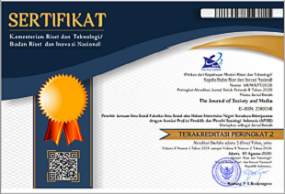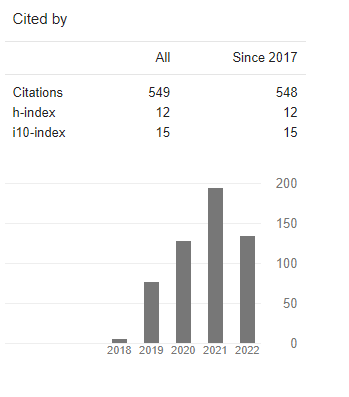Analysis of Local Government Financial Capability and its Implications for the Sustainability of Regional Autonomy: The Perspective of Public Interest
DOI:
https://doi.org/10.26740/jsm.v7n2.p486-513Keywords:
local government autonomy, central government, sustainability of local government autonomy, public services, public interestAbstract
Regional autonomy, or regional financial capacity, is an indicator used to assess the level of regional autonomy as one of the requirements for financing public services and development. The government's function will not be practical unless it receives maximal budget assistance; the government must have adequate local sources of revenue. This research aims to examine the diversity of regional financial capacity levels and their implications for the sustainability of regional autonomy from the perspective of community interests. This research method utilized multivariate statistics, profile analysis, and variance analysis. Data related to locally generated income, total regional income, total routine expenditure, and fund balance during 2013–2017 were analyzed and compared to assess the level of autonomy. In Lampung Province, 14 regional governments showed low levels of fiscal autonomy, routine expenditure index, and regional financial capacity. These regions were highly dependent on central government assistance through intergovernmental transfers. Between 2013 and 2017, only Bandar Lampung City and Metro City saw an increase in Local Government Revenue (PAD). Other regions stagnated, indicating low financial autonomy in the future due to fund transfers. This makes it difficult to meet public satisfaction levels in infrastructure, health, education, and social development due to budget limitations.
References
Downloads
Published
How to Cite
Issue
Section
License
Copyright (c) 2023 The Journal of Society and Media

This work is licensed under a Creative Commons Attribution 4.0 International License.
 Abstract views: 425
,
Abstract views: 425
, PDF Downloads: 315
PDF Downloads: 315












